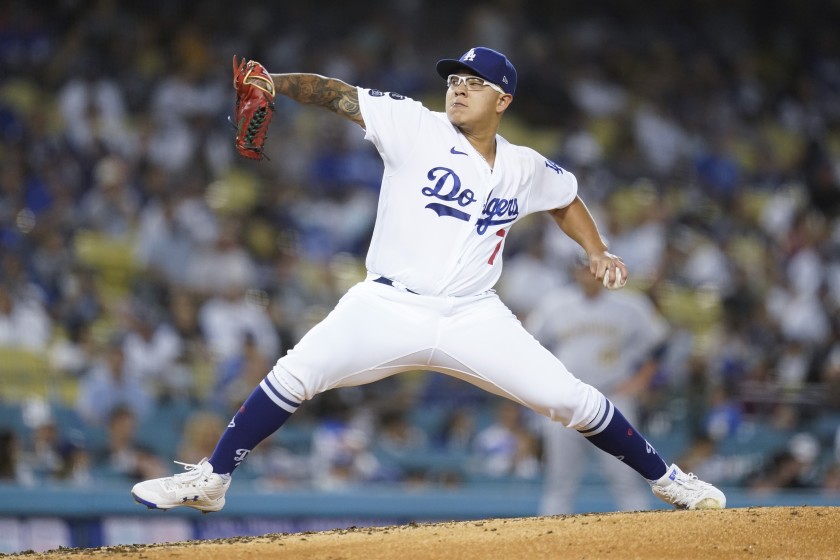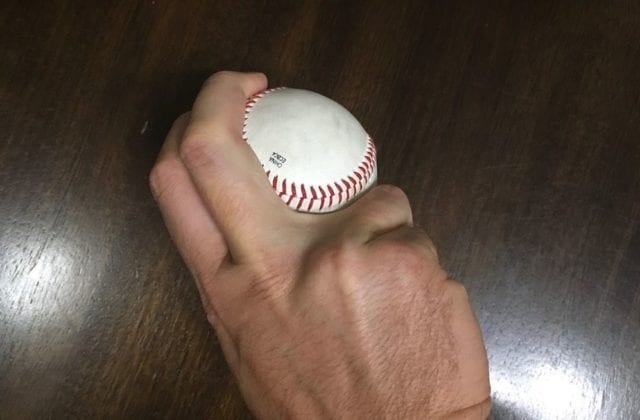


It could be for a myriad of factors, but I imagine the state of the ball and the added pitch data have strongly contributed to this strategy. The TL DR here is that the Yankees are targeting players with robust SSW profiles who can suppress contact quality. He gets hitters to chase because of his funky arm slot and good pitch movement, and he is also very good at limiting hard contact! His hard-hit rate stood in the 71st percentile and his barrel rate was in the 89th percentile. While we didn’t always see lights-out performances from Rodríguez, his pitch properties are very promising. The main point is that his sinker allows him to suppress contact with the best of them. Holmes has a bit more strikeout capability than his fellow sinkerballers, but that’s due to a wipeout slider. Holmes’ barrel and hard-hit rates are 96 percent and 79 percent, respectively. Lastly, there are the pitchers who I have already discussed in depth, Holmes and Rodríguez. It’s leads to soft contact on the ground with very good consistency. That’s the thing about Wandy - he’s extremely useful against both righties and lefties because of the wicked movement on his changeup. It’s near the top of the league among lefty changeups when it comes to its deviation between the observed and spin-based movement.Īn extremely deceptive release with this type of movement is a perfect recipe for getting groundballs from right-handed hitters. Like Loáisiga’s sinker, Peralta’s changeup is a strong seam-shifted wake offering. His main offering is his top of the league changeup. Loáisiga’s bullpen mate, Wandy Peralta, is a bit of a contact suppressor himself, with a hard-hit rate in the 96th percentile. This is going to be a trend throughout the Yankees bullpen. Instead, he is a groundball and soft-contact machine, making him a great candidate to clean up jams. Barrel rate has some serious flaws because the denominator of the calculation is only batted-ball events instead of total swings, but in this case, it’s a perfect illustration of the type of pitcher that Loáisiga is. The right-hander is in the 97th percentile for barrel rate according to Statcast. These two pitches and a serviceable curveball help Loáisiga to miss barrels. While he isn’t necessarily at the very top of the league when it comes to SSW, the high velocity gives him an added feature, making the sinker extremely nasty and the changeup a perfect pair to take hitters off the sinker. The team already had a pitcher of their own who exhibited this type of pitch in Jonathan Loáisiga.īoth Loáisiga’s sinker and changeup exhibit these properties. The one area that the Yankees’ change zeroed in on was targeting high-velocity sinkers with strong seam-shifted wake properties. It’s the type of wizardry that comes through on sinkers thrown by pitchers such as Hendricks and Stroman. What is that, you ask? The short answer: It’s the force created by the direction of the seams on a baseball that cause the ball to deviate from its current axis. That competitive advantage has come through in the form of understanding the concept of seam-shifted wake (SSW).

Since the official deployment of Hawk-Eye in 2020, the Yanks and other teams have clearly aspired to harness the data for a competitive advantage. The old tracking system, Trackman, was limited to inferring the spin of the baseball, leaving some questions about what some pitch models were missing in pitchers like Kyle Hendricks or Marcus Stroman. With the growing reliability on Hawk-Eye data, teams can gather information on inferred and actual spin axis data. I wrote about how Clay Holmes and Joely Rodríguez’s sinkers had similar qualities, particularly the deviation in observed and spin-based movement. Right after the trade deadline, it was clear that the Yankees were heavily interested in pitchers with a specific type of sinker.


 0 kommentar(er)
0 kommentar(er)
